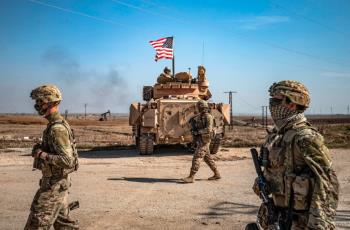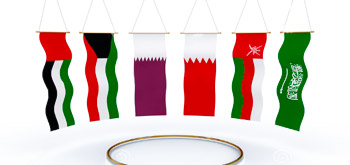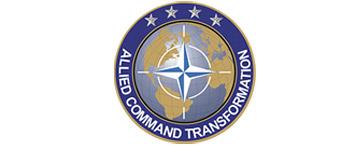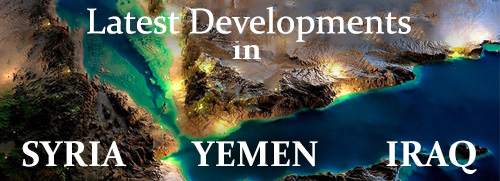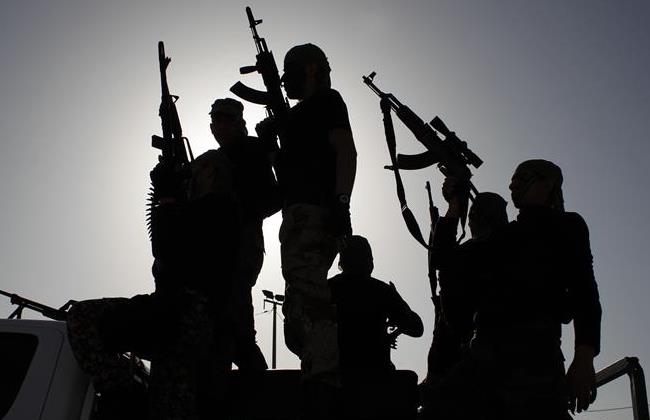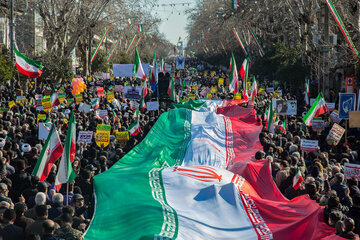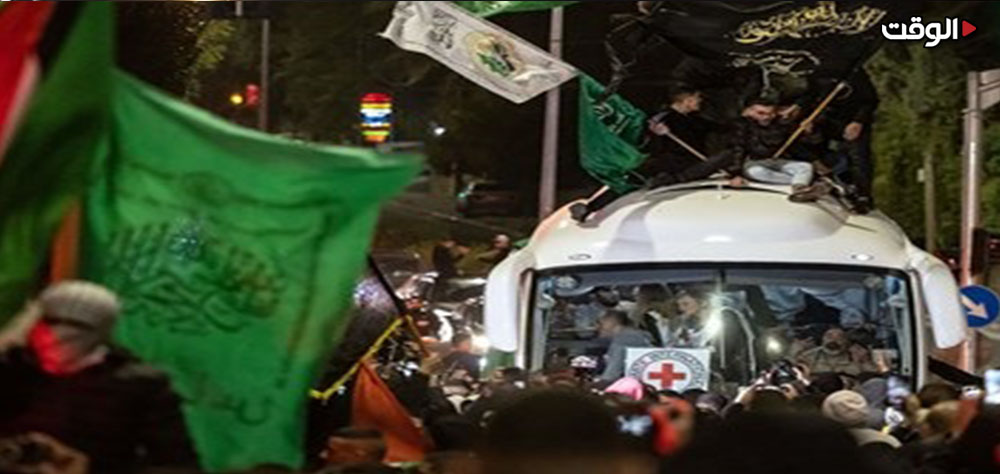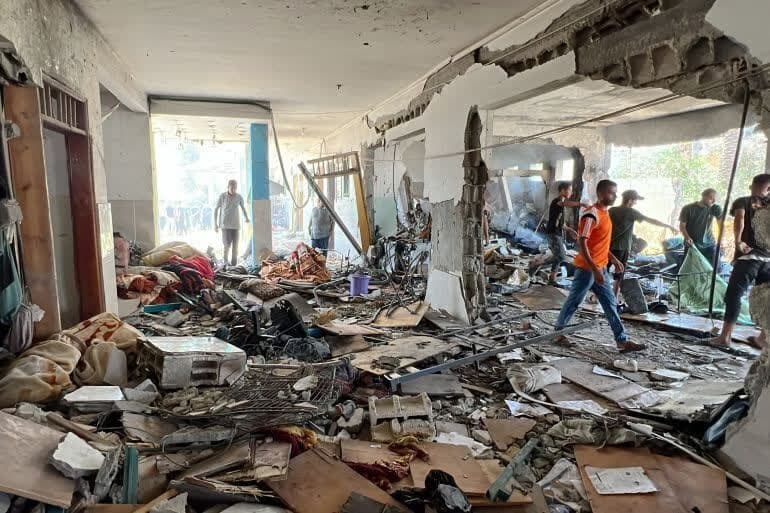Alwaght-The circle of conspiracy is widening around the Yemeni revolution from its regional and international environment, and there are tireless endeavors to thwart the popular committees’ movement.
The relations between Saudi Arabia and Yemen in the new era goes back to 1934; in that year after the war between Saudi Arabia and Yemen, Yahya Hamid al-Mutawakil, ruler of Yemen and Zaydi Shites Imam at that time, signed a treaty with Abdulaziz Al Saud.
In that year, three in the southern Saudi Arabia provinces Jizan, Najran and Aseer temporarily joined Saudi Arabia from Yemen, and were supposed to join Yemen back after 20 years. But Saudi Arabia refused to give Yemen back these areas after the deadline, and incorporated them into its territory. As a result, Saudi Arabia has always sought influence in Yemen, in order to avoid possible retake of the region by Yemenis.
Moreover, Yemen is a country whose borders expand from the Arabian Sea to Oman and from Bab-el-Mandeb to the Middle of the Red Sea, and this is not something that the Saudis could simply ignore. Bab-el-Mandeb is one of the world's most important waterways; through which, along with the Straits of Hormuz, Strait of Malaga, Gibraltar and the Suez Canal, passes a great deal of global energy through more than 20 thousand large ships and oil tankers. Saudi Arabia to secure its oil exports needs to keep this country under its control.
Furthermore, Saudi Arabia is afraid that a real democratic state in Yemen could be established, which may inspire Saudi people to do demand their rights and freedoms, and call for change.
Wahhabis and al Qaeda militants, now occupy the oil-rich provinces of Yemen especially Marib and Shabwa. Those terrorists are being supported by Saudi intelligence agencies to prevent the domination of the Yemeni revolution on the country's energy resources and thus achieve an economically independent Yemen.
Last Friday, the Yemeni Revolutionary Committees announced the Constitutional Declaration at the Presidential palace in Yemen. The ceremony was attended by Key political figures, charging the powers of the Presidency to a Presidential Council and forming a National Assembly which will replace the dissolved parliament. It is worth noting that the public celebrations pervaded across the country after the Constitutional Declaration was announced. This is the first time since the fall of the state of South Yemen in 1991 that an anti-Saudi force has been able to rise to power in this manner, in a country seen as Saudi’s underbelly.
The U.S. opposed the creation of a "presidential council" in Yemen, and urged the Persian Gulf countries to step up their contacts with all the political sides in Yemen.
In the context of undermining the revolution, a diplomatic source in Sanaa revealed to the Emirati magazine "Al-khaleej" that the upcoming meeting of foreign ministers of the Persian Gulf Cooperation Council (PGCC) will be saved to impose sanctions on the Ansarullah movement. On the top of these sanctions, is the refusal to acknowledge any procedures or arrangements for the development of power in Yemen that are made pursuant to the constitutional announcement issued by them.
According to a report, Saudi Arabia from the beginning of the last week, through the country's southern borders started to send new and advanced weapons to equip the Al-Qaeda terrorists who are occupying the oil-rich province of Marib, with the aim to confront the popular committees.
Military sources confirmed that Saudi border guards in cooperation with Yemeni military officials, entered a large number of weapons to Yemen. Weapons such as Kalashnikov rifles and shoulder rocket launchers Sam 7.
Sources said that more than 10 thousand Takfiri armed elements from all parts of Yemen and the army under the command of Ali Mohsen al-Ahmar, the fugitive former general of Yemen army are located in "Nakhla "and" Sohayl" in Marib province near the Saudi border.
According to the report, the Takfiri groups with a direct support from Saudi are trying to establish an "Al-Qaeda Emirate" in the province of Marib. Also, all tribal leaders and military officers who have recently fled to Saudi Arabia returned to Yemen in order to join the Takfiri militants, through the support and organization of Saudi Arabia.


